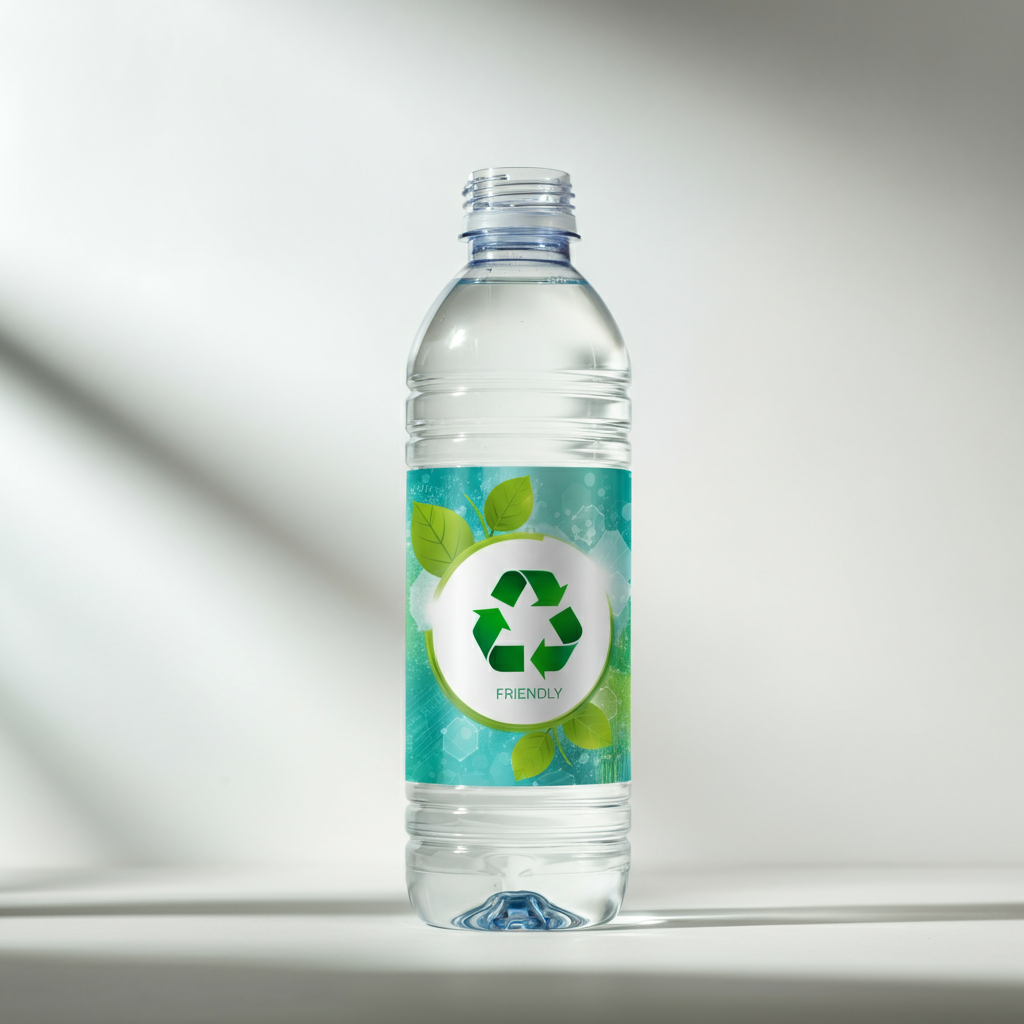Labels may seem like a small detail when it comes to food packaging, but their role in creating truly sustainable food packaging is more significant than many realise. Whether you’re an eco-conscious consumer, a food industry professional or a packaging specialist, understanding how labels impact the lifecycle of food packaging materials is crucial in the quest for more environmentally friendly food packaging solutions.
Why Labels Matter in Sustainable Food Packaging
When companies focus on eco-friendly packaging materials for food, the label is often overlooked in favour of the primary packaging. However, the wrong type of label can compromise the sustainability of an entire product. For instance, non-recyclable labels or adhesives can hinder the recycling process, negating the benefits of using sustainable food packaging materials.
But labels, when designed with sustainability in mind, can complement eco-friendly food packaging and drive both environmental and economic benefits.
The Impact of Labels on Recycling
Labelling materials, adhesives, and printing inks can either enable or obstruct the recycling of food packaging materials. If a label’s adhesive is not compatible with a package’s primary material, it can contaminate the recycling stream, rendering the material unsuitable for repurposing.
On the flip side, innovative labelling solutions, such as water-soluble adhesives or labels made from the same material as the packaging itself, can ensure that the entire product is recyclable. For example:
- Recyclable labels made from PET or paper can match the material of the packaging they are designed for.
- Wash-off labels allow inks and adhesives to be easily removed during the recycling process.
The takeaway here? Labels need to align with the primary packaging material to ensure the product offers genuinely environmentally friendly food packaging.
Labels as Communication Tools for Sustainability
Beyond the technical aspects of recycling, labels also serve as a powerful communication tool. They are your opportunity to educate and engage consumers about the sustainable aspects of your product. Food industry professionals and marketing teams can leverage labels to:
- Highlight the sustainability credentials of the packaging (e.g., “100% recyclable” or “made from renewable materials”).
- Educate on proper disposal practices (e.g., label instructions on whether to recycle, compost or discard).
- Promote certifications, such as FSC (Forestry Stewardship Council) or compostability standards, to build consumer trust in your eco-friendly food packaging.
Transparent and accurate labelling helps bridge the gap between your company’s sustainability efforts and consumer action, inspiring greater participation in eco-friendly initiatives.
Sustainable Innovations in Food Packaging Labels
Advances in technology are driving exciting innovations in eco-friendly food packaging, and labels are no exception. Here are some developments transforming how labels contribute to sustainable solutions:
1. Compostable Labels
Compostable food packaging often requires labels that break down in composting environments alongside the packaging itself. Certified compostable labels can ensure the entire product adheres to industrial or even home composting standards.
2. Bio-Based Adhesives
Conventional adhesives often rely on petroleum-based products, which are less sustainable. The emergence of bio-based adhesives derived from natural sources aligns seamlessly with sustainable food packaging practices.
3. Minimalist Designs
By printing fewer colours, using soy-based inks, or eliminating label sections altogether, companies can significantly reduce their environmental footprint. Minimalist designs not only align with eco-conscious branding, but they also signal a clear commitment to reducing waste.
4. Direct Printing Technology
Some brands are moving towards eliminating separate adhesive labels altogether by printing directly on packaging materials. Direct printing reduces waste while maintaining the functionality of labels in food packaging materials.
What Eco-Conscious Consumers Look for in Labels
For eco-conscious consumers, choosing products made with eco-friendly packaging materials for food relies heavily on the information provided by labels. Here’s what they value most:
- Transparency about the sustainability credentials of the packaging.
- Clear disposal instructions to ensure packaging and labels are dealt with correctly.
- Honest claims backed by certifications, avoiding greenwashing.
Brands committed to environmentally friendly food packaging should prioritise these factors, as they act as trust signals for consumers keen on supporting positive environmental practices.
How Brands Can Lead the Way with Sustainable Packaging and Labels
Change starts from the top. Brands across the food and beverage industry have a unique opportunity to set new standards when it comes to eco-friendly food packaging. Here’s how to make an impact:
- Collaborate with Material Experts – Partner with companies that specialise in sustainable label materials, adhesives, and innovative solutions.
- Invest in R&D – Continuously explore and incorporate advancements in labelling technology.
- Educate Consumers – Use your labels to tell the story of your commitment to sustainability. Educated consumers are more likely to become loyal advocates for your brand.
- Audit Your Supply Chain – Ensure that not just your labels but every aspect of your food packaging aligns with your sustainability goals.
Labels and the Journey Towards a Sustainable Future
The role of labels in eco-friendly food packaging cannot be overstated. Whether enabling efficient recycling, communicating sustainability credentials, or incorporating innovative materials, labels hold the power to transform the way packaging serves both businesses and the environment.
For brands, this is not just an opportunity but a responsibility. By prioritising sustainable labelling practices, you join a growing movement of businesses championing a greener future. And for consumers, understanding the impact of labels allows you to make more informed choices and support businesses prioritising sustainable food packaging.
At its core, sustainable packaging is about creating solutions that work in harmony with the planet. Labels might seem small, but they are crucial pieces in the larger puzzle of environmentally responsible packaging. Together, we can make a big difference—one package at a time.
If your brand is ready to take its packaging sustainability to the next level, let’s start a conversation. Together, we can create a solution that sets you apart in the booming eco-conscious market.







